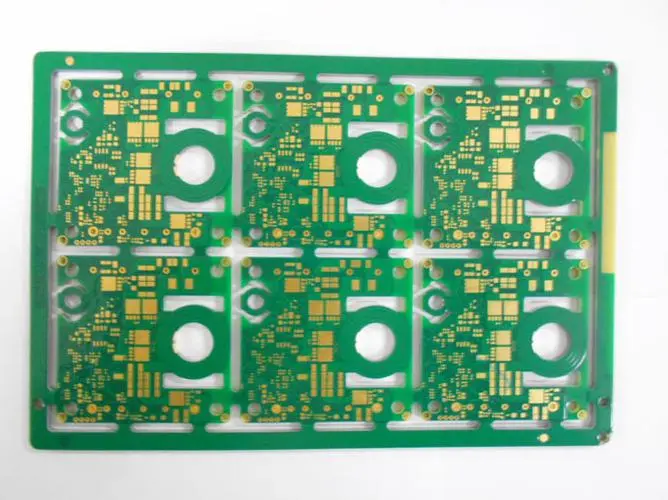HDI PCB technology offers several benefits over traditional PCBs. Here are some of the key benefits of HDI PCB technology:

1.Miniaturization: HDI PCBs can pack a higher density of components and interconnections into a smaller space, making them ideal for use in miniaturized devices such as smartphones, wearables, and medical implants.
2.Improved Signal Integrity: HDI PCBs offer shorter signal paths and fewer signal layers, reducing the likelihood of signal interference and crosstalk, which can improve signal quality and reduce noise.
3.Higher Speeds: HDI PCBs can support higher-speed digital and analog signals, making them suitable for applications such as high-speed data transfer, video processing, and wireless communication.
4.Increased Reliability: HDI PCBs offer improved thermal management, reducing the likelihood of overheating and component failure. The use of advanced materials and manufacturing processes also increases the reliability of HDI PCBs.
5.Reduced Cost: While HDI PCBs may have higher manufacturing costs due to their complexity, they can offer cost savings in the long term by reducing the overall size of the device, reducing the need for additional components, and improving reliability, reducing the need for repairs and replacements.
6.Increased Design Flexibility: HDI PCBs offer greater design flexibility than traditional PCBs, enabling the placement of components in a more compact and efficient manner.
7.Environmental Benefits: HDI PCBs use fewer materials and require less energy to manufacture than traditional PCBs, making them more environmentally friendly.
Overall, HDI PCB technology offers significant benefits in terms of miniaturization, improved signal integrity and speed, increased reliability, reduced cost, design flexibility, and environmental impact. These benefits make HDI PCBs an ideal choice for a wide range of applications across various industries.
Get more knowledge about The benefits of HDI PCB technology please refer to rigaopcb:https://www.rigaopcb.com/